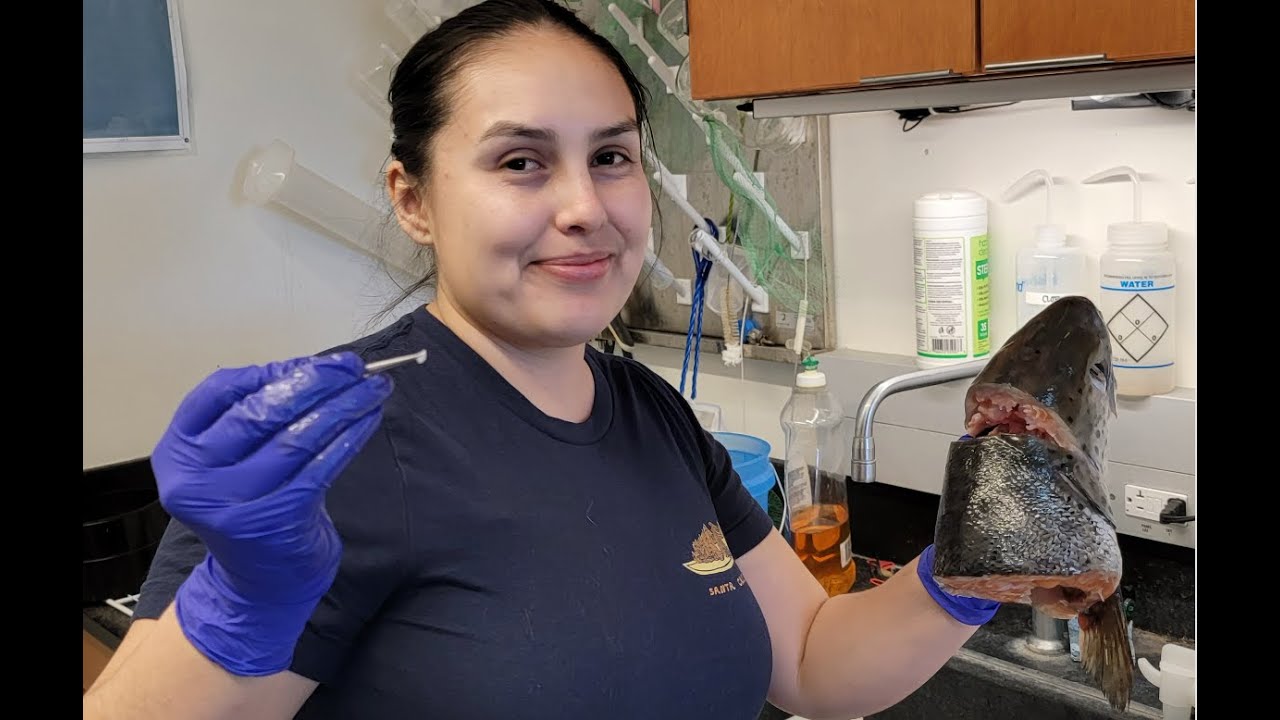- The Biology and Ecology of Salmon
- Conservation Efforts and Challenges
- The Role of the California Academy of Sciences in Salmon Conservation
- The Importance of Public Engagement and Education
Salmon are anadromous fish, migrating from oceanic waters to freshwater streams for spawning. Their life cycle begins in freshwater where eggs hatch into alevins. These develop into fry and eventually become smolts that journey to the ocean. After several years, they return to freshwater to reproduce, guided by olfactory cues. Understanding the biology and ecology of salmon is crucial due to the interconnectedness of their life stages and habitats.
Salmon are keystone species, impacting ecosystem dynamics. For instance, their carcasses provide essential nutrients to freshwater environments, sustaining organisms that support diverse food webs. Improving salmon populations bolster both terrestrial and aquatic ecosystems, benefiting species ranging from insects to apex predators like bears.
Conservation efforts for salmon are complex. Habitat loss, climate change, overfishing, and pollution are major concerns. Dams obstruct migration routes, reducing spawning success rates. Climate change alters water temperatures, affecting salmon physiology. Overfishing diminishes mature populations. Pollutants from agricultural runoff degrade water quality, influencing salmon health.
Organizations like the California Academy of Sciences lead the charge in tackling these issues. Their research and conservation programs target habitat restoration, policy advocacy, and captive breeding. Habitat restoration involves rehabilitating waterways, removing barriers, and reinstating natural flows. These measures assist salmon migration and spawning. Policy advocacy seeks to implement regulations that mitigate overfishing and enforce water quality standards.
The California Academy of Sciences implements advanced technologies in salmon conservation. DNA analysis helps in tracking genetic diversity and identifying distinct populations. Telemetry devices monitor salmon movements, providing data on migration patterns and habitat utilization. These insights guide effective conservation strategies.
Public engagement is vital in conservation efforts. The California Academy of Sciences uses education programs, interactive exhibits, and outreach initiatives to raise awareness about salmon conservation. By engaging the public, they foster a community-driven effort to protect salmon populations. Educational initiatives instill a sense of responsibility and empower individuals to contribute.
Interactive exhibits at the California Academy of Sciences bring the plight of salmon to the forefront. Virtual reality experiences simulate salmon migration, allowing visitors to understand the challenges faced by these fish. These exhibits inspire audiences to support conservation actions actively.
The California Academy of Sciences also collaborates with local communities, fishermen, and policymakers to create sustainable management plans. These collaborations ensure that conservation strategies are inclusive and practical, addressing the needs of both salmon and human populations.
Research is the backbone of effective conservation. The California Academy of Sciences conducts extensive studies on salmon behavior, genetics, and habitat requirements. These studies inform adaptive management practices that are responsive to emerging challenges.
The California Academy of Sciences combines scientific research with advocacy, education, and technological innovation to protect salmon populations. Their comprehensive approach addresses the multifaceted challenges facing salmon, ensuring that these keystone species continue to thrive in California’s ecosystems.
By integrating scientific research with public engagement, the California Academy of Sciences demonstrates the essential role of multidisciplinary efforts in conservation. Their initiatives not only safeguard salmon but also enhance our understanding of aquatic ecosystems, contributing to broader environmental sustainability goals.
In summary, the conservation of salmon by the California Academy of Sciences represents a multifaceted endeavor that encompasses biological research, habitat restoration, public education, and policy advocacy. Their work underscores the importance of protecting these vital species for ecological balance and resilience.
*****
Source Description
Learn how dam removal efforts are creating healthy rivers and forests.
Redwood trees and the ecosystems they support are a major focus of our California: State of Nature exhibit. This video is part of our Redwood Connection playlist. For more videos on the subject, click here: https://www.youtube.com/playlist?list=PLS14biAqBAtHX_NmZF5yvYy9RSK0CAqZQ
– – –
🙌 Now More Than Ever, We Need Your Support
The Academy has a new mission: to regenerate the natural world through science, learning and collaboration. Please consider a donation to https://bit.ly/3JcOewJ — any amount helps. Thank you!
– – –
The California Academy of Sciences is a renowned scientific and educational institution dedicated to regenerating the natural world through science, learning, and collaboration. Based in San Francisco’s Golden Gate Park, it’s the only place in the world to house an aquarium, planetarium, rainforest, and natural history museum—plus cutting-edge research programs—all under one living roof.
Connect with us:
• Facebook: https://facebook.com/calacademy
• Twitter: https://twitter.com/calacademy
• Instagram: https://instagram.com/calacademy


